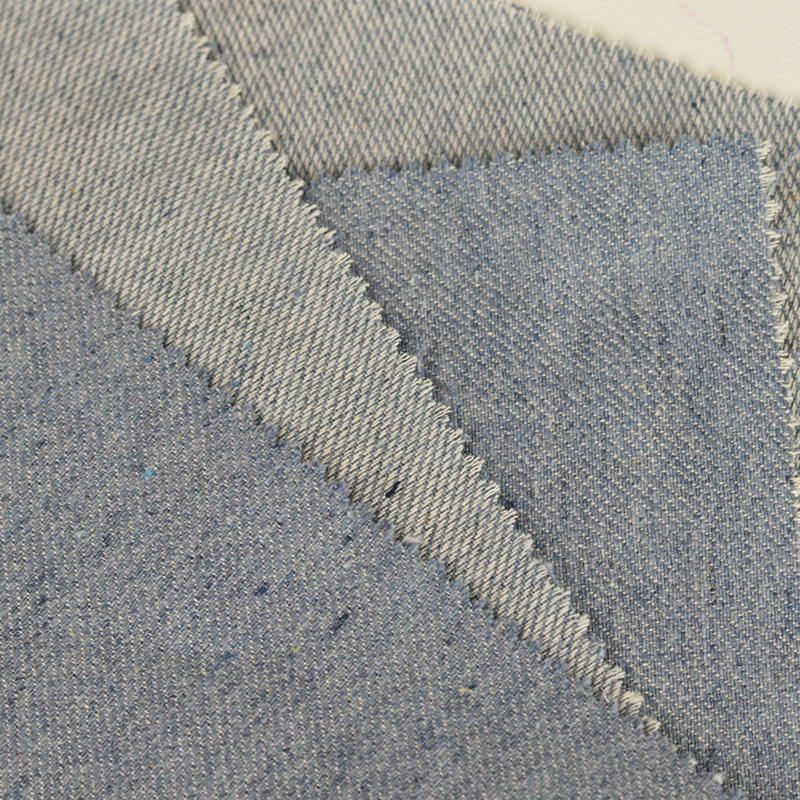
What is the best fabric for making a sustainable pair of jeans?
One pair of jeans requires seven to eight thousand litres of water, pesticides are used to grow the cotton and harmful chemicals are used in the dying process. This is contrary to Enschede Textielstad’s values and vision of the textile industry. We would like to highlight some aspects you should look out for when buying your own handmade sustainable jeans.
Original denim jeans are made of 100% cotton. The rule for recycling jeans is: the fewer the materials, the better they can be recycled. Cotton is often mixed with polyester or elastane. This is not very sustainable as it makes the recycling process more difficult. However, this is usually a necessity due to the stretch that denim jeans need in most cases. For sustainable jeans, the first step is therefore to use good materials, this extends the life and improves circularity. You can choose an organic cotton denim fabric. This means that no pesticides were used in the cultivation of the cotton of your jeans. It is also better to use natural fibres instead of synthetic ones for fashion fabrics. Every time you throw your synthetic garment in the washing machine, the fabric releases microplastics which are absorbed into the water pipes.
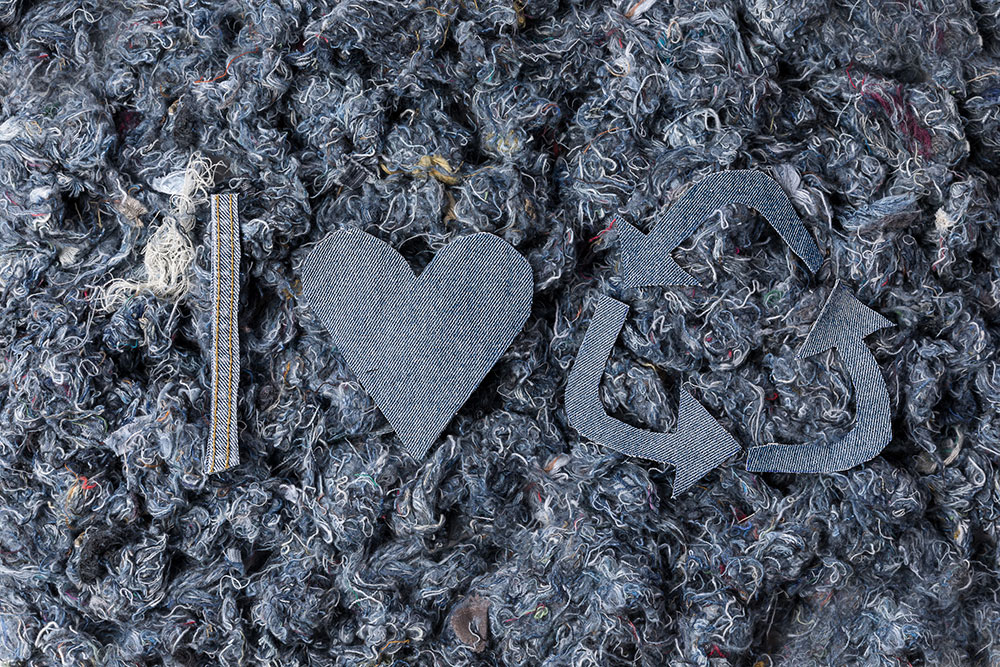
GOTS
To see if a fabric is organic you can look for a GOTS (Global Organic Textile Standard), Fairtrade cotton or a BCI (Better Cotton Initiative) certificate, these indicate if a fabric is actually produced organically. You can also choose recycled cotton denim fabric. This makes use of previously worn jeans that are given a second life. It is not always necessary to choose a fabric with the highest recycled content. This is because the recycling process of textiles makes the fibres shorter than before. This reduces the quality and makes the fabrics last less long, which conflicts with the aspect of sustainability. So in most cases it is better to choose a portion of recycled materials in combination with a portion of virgin (new) materials, so that the ratio between lifespan, quality and sustainability is optimal. Another aspect of sustainable textiles is the processing. Locally produced fabrics reduce CO2 emissions and production is (mostly) under good and fair conditions.
Sustainable (raw) materials
For sustainable fabrics it is best to choose organically grown, recycled and locally produced fabrics. The materials that are best used are organic/recycled cotton, viscose, linen, hemp and lyocell. These textile materials score high in terms of sustainability. In terms of accessibility and availability, a 10% organic/recycled cotton fabric is recommended for your homemade jeans.
-
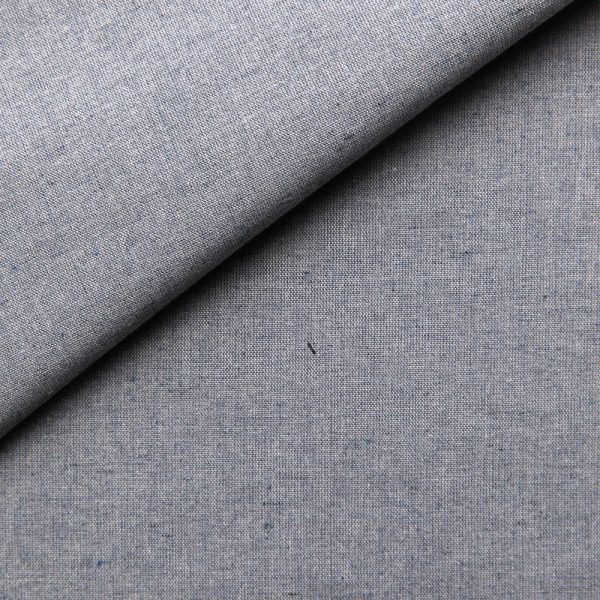
Denim Chambray
€23,00 incl. VAT (€19,01 excl. VAT) -
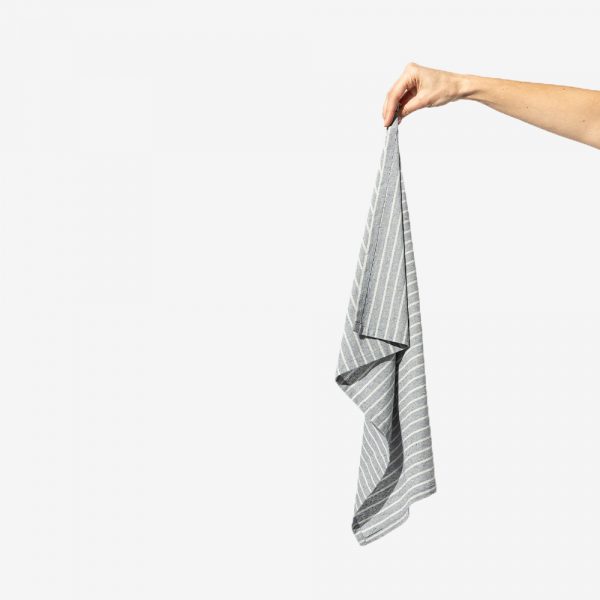
Recycled denim tea towel dark
€12,50 – €20,00 -
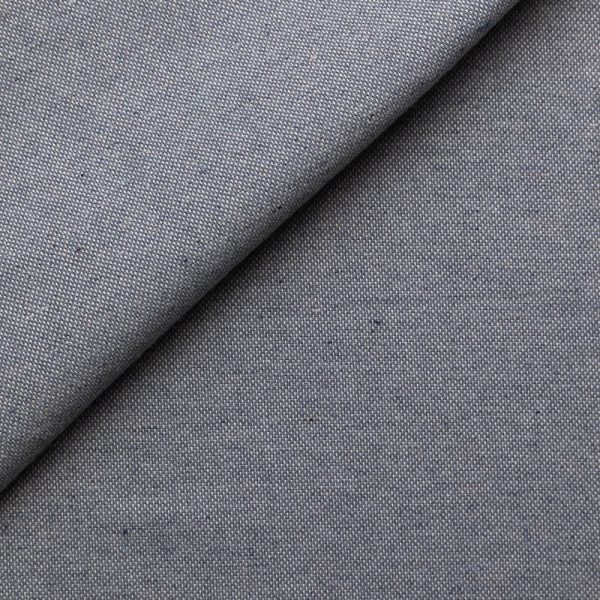
Panama recycled denim
€24,00 incl. VAT (€19,83 excl. VAT) -
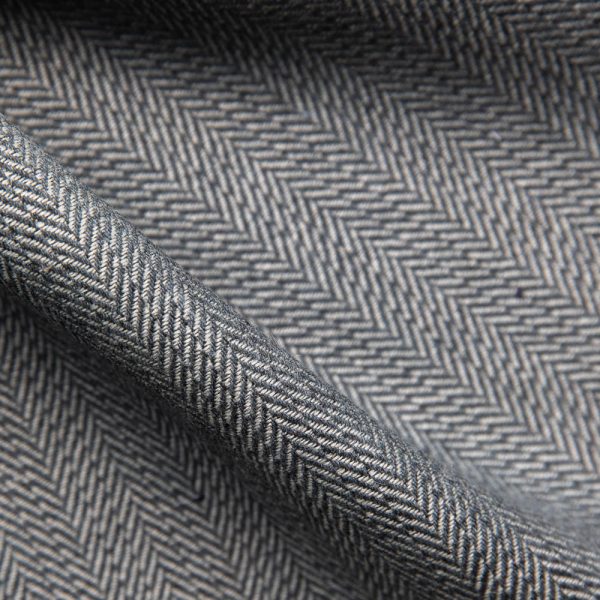
Ziggy Vacquero
€130,00 incl. VAT (€107,44 excl. VAT) -
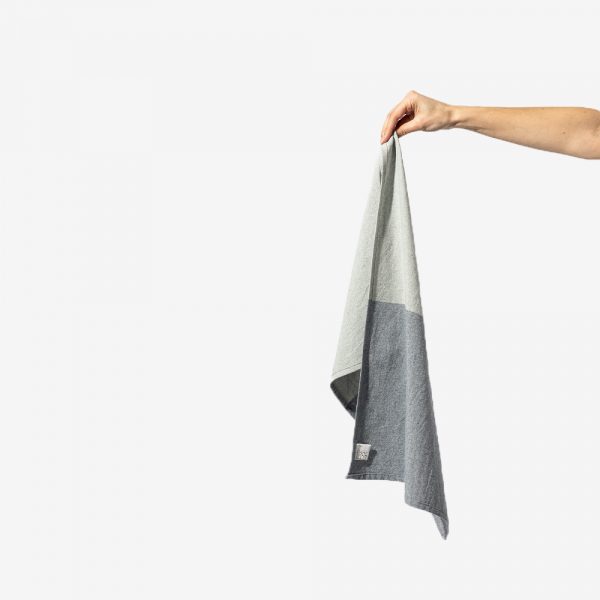
Duotone tea towel recycled denim
€12,50 – €20,00 -
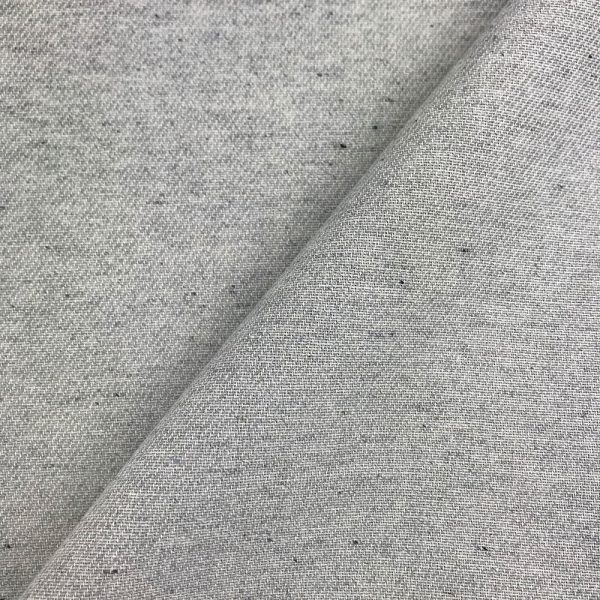
Selvedge twill | recycled denim light
€20,00 incl. VAT (€16,53 excl. VAT)


